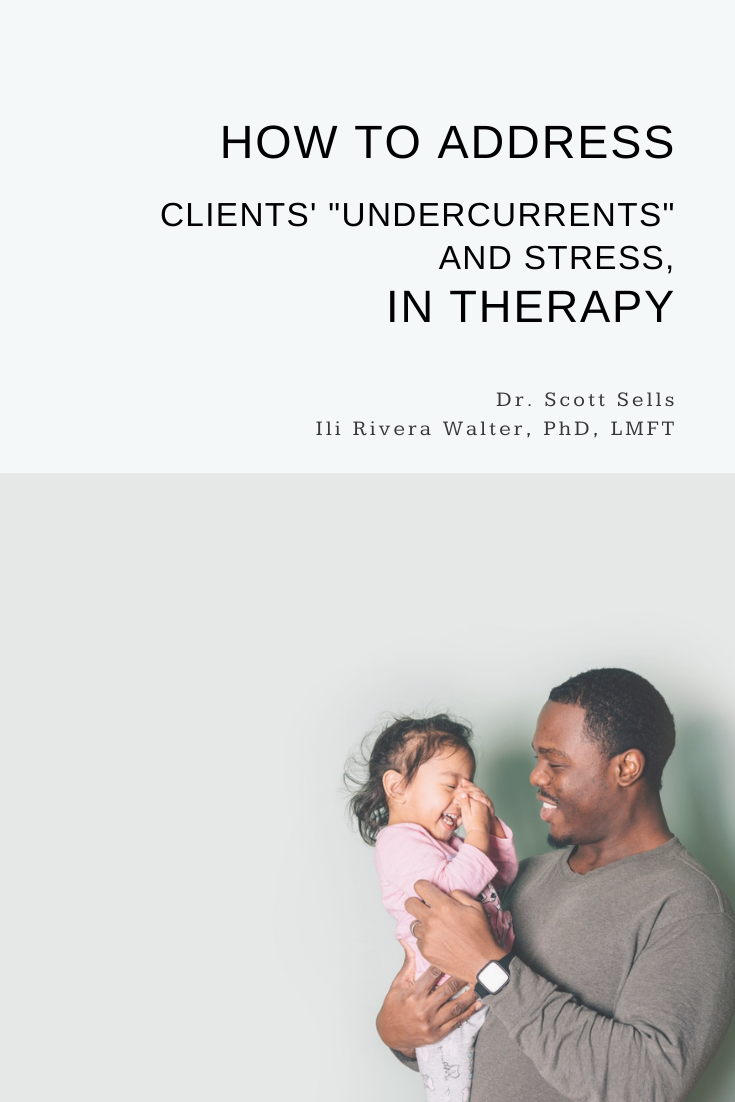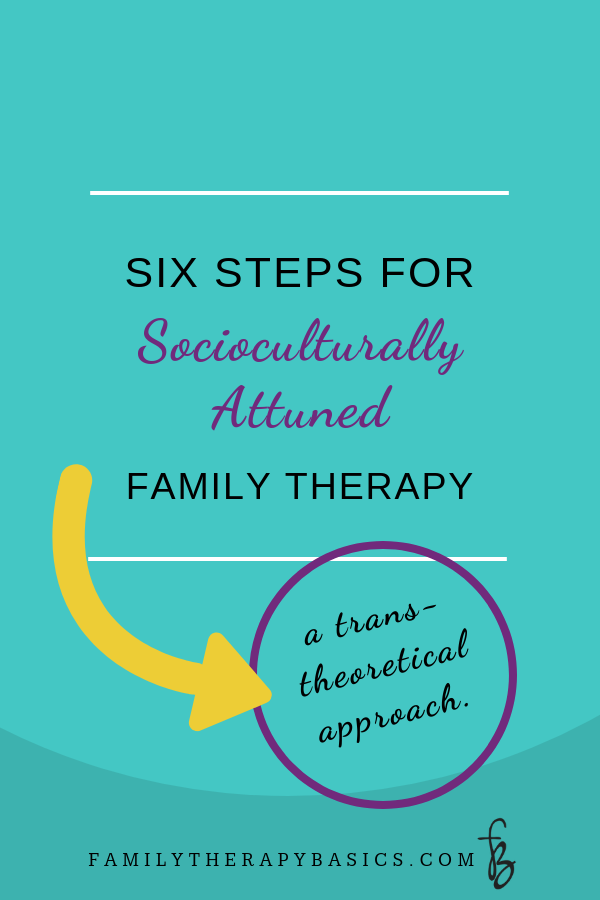In my group practice, I sometimes create trainings on relevant topics for my staff, especially when I see an increase in a specific presenting problem for our clients, and/or I recognize an opportunity to expand our services.
Recently, I offered a training on discernment counseling: A pre- couple therapy approach, developed by Bill Doherty and Steven Harris, for helping couples who are presenting with mixed agendas; that is, one partner wants to work on the relationship, or is “leaning in,” and one partner is not sure, or is “leaning out.”
As a disclaimer, I am not certified in discernment counseling. I am summarizing information from the book, Helping Couples On The Bring of Divorce: Discernment Counseling for Troubled Relationships.
1 | What Is Discernment Counseling?
Discernment counseling is a short-term process of therapy (one to five sessions) for couples not ready to work on their relationship through couple therapy and not ready to end their relationship. “Discernment counseling creates a holding environment for the couple to develop clarity and confidence in deciding on the next step for their relationship, whether it is divorce or a shared commitment to couples therapy to repair the relationship” (Doherty & Harris, 2017).
Details and Summary
Discernment counseling is:
designed for married couples, or partners who once made a lifelong commitment to each other
for couples currently experiencing “mixed agendas”
for couples neither ready to improve or end their relationship
meant to be facilitated by experienced couple therapists
During discernment counseling, therapists do not
assign homework
teach skills
work on enhancing the partners’ connection
allow a partner to “break the news” to another partner (i.e., let them know for the first time that they are ending the relationship)
2 | Three Possible Paths
The process of discernment counseling allows partners to hold discussions with the therapist, and each other, that leads them closer to a decision between three possible paths by the end of discernment counseling:
Status quo: The relationship staying as it is.
A six month commitment to couple therapy: Choosing to work on the relationship, during which divorce is “off the table.”
Divorce, or ending the relationship.
3 | Session Design
Before sessions begin, each partner participates in a phone intake, during which the therapist assesses the situation from each partner’s point of view, and whether the partner has made a decision on the future of their marriage/relationship. In addition, the therapist shares the goals and structure of the discernment counseling process, and confirms with each partner that they would like to participate in the process.
The first session is two hours in length, while subsequent sessions are one and a half hours. Sessions involve solo time with the therapist, with a brief conjoint period at the end of each solo time and/or at the end of the session.
4 | Interventions
Interventions in discernment counseling involve the therapist asking specific questions, in order for 1) the therapist to gather and understand information about the couple’s relationship, and 2) the partners to reflect. These questions assess the each partner’s narrative of the relationship, the couple’s interactional cycle, their fond memories or “best of times” stories. The therapist works to develop “thick descriptions” of these stories.
In addition, each partner is regularly invited to consider what their role has been in the “demise” of the relationship.
As is clear, the questions and interventions used are integrative of several family therapy models, including Narrative, Structural, Strategic, and Solution-Focused Brief Therapy.
5 | Essential Therapist Skills
Certain skills, on the part of the therapist, are consistently needed throughout the process of discernment counseling. The following are highlighted consistently by the developers of the model:
Balancing empathy with challenge: Each partner must receive empathy and understanding for their pain in the relationship, while also experiencing accountability for unhelpful behavior in the present; for example, triangulating, criticizing, passive aggression, and so forth.
The time orientation of what’s discussed in session is important. The therapist is not attempting to change interactional dynamics that have been harmful in the past—this is an example of an issue that would be addressed in couple therapy. The therapist is addressing present behavior that could sabotage the process of discernment counseling and decision making.
Identifying long-standing patterns: If therapists have not had systemic training to enhance their couple therapy work, it is helpful experience for tracking the couple’s relational dynamic. Most systemic couple therapies teach the identification of the relational dynamic, including Emotionally-Focused Couple Therapy and Relational Life Therapy; without this, couple therapy is ineffective. During discernment counseling, the couple’s relational patterns are discussed for clarity, so that each partner understands their contribution to the dynamic that has caused them to reach their current state.
Maintaining the structure and boundaries of discernment counseling: Therapists must maintain the purpose of discernment counseling throughout each session, which is to “help couples arrive at greater clarity and confidence in their decision making about the future of their marriage based on deeper understanding of the problems in the marriage and each person’s contributions to them” (Doherty & Harris, 2017).
Instilling hope: Therapists, due to their experience offering couple therapy, understand that couples are able to create a new relationship that does meet their needs, through therapy. Of course, this possible future takes work, determination, resilience, and more on the part of the partners.
Therapists offering discernment counseling have this knowledge of possibility that they are able to offer, or at least hold, for clients, as a reality, should they want to work on their relationship for their sake, or their children’s sake.
Restraining change: A classic strategic intervention, restraining change is used in discernment counseling to remind clients to not “rush to a decision.” The full process of discernment counseling is meant to help clients reflect, re-orient any current harmful behavior, gain clarity, then make a decision on the future of the relationship.
6 | Why Discernment Counseling Is Valuable
The common categories for couples seeking therapy (used by therapists) are, generally:
Couples in crisis: Those that are seeking therapy after prolonged distress, and/or a distressing event, such as the discovery of an affair.
Couples seeking growth: Often referred to as “enrichment” therapy, this category of couples seeks therapy in order to pursue growth and new skills as a couple.
Certainly, couples seek therapy on the range between crisis and growth. Traditionally, however, therapists have required that partners be committed to the relationship and to the process of therapy in order to participate in couple therapy. While there are therapists who will offer relationship therapy to couples not meeting these criteria, until discernment counseling, there was no category, or delineated therapeutic process, for couples who expressed wavering or ambiguous commitment to one another.
For couple therapists, discernment counseling offers a path for helping a sector of the couple population that does not fit within the traditional categories.
For Further Reading and Learning:
Sign up for a free training at the online home of discernment counseling: discernmentcounseling.com
Doherty, W. J. & Harris, S. M. (2017). Helping Couples On The Bring of Divorce: Discernment Counseling for Troubled Relationships. APA.
Doherty, W. J., Harris, S. M., and Wilde, J. L. (2015). Discernment counseling for “mixed agenda”couples. Journal of Marital and Family Therapy, 42(2). 246-255. https://doi.org/10.1111/jmft.12132
Let’s Chat
How have you used discernment counseling in your practice?
How has discernment counseling impacted your skills?
How as discernment counseling expanded your private practice?













